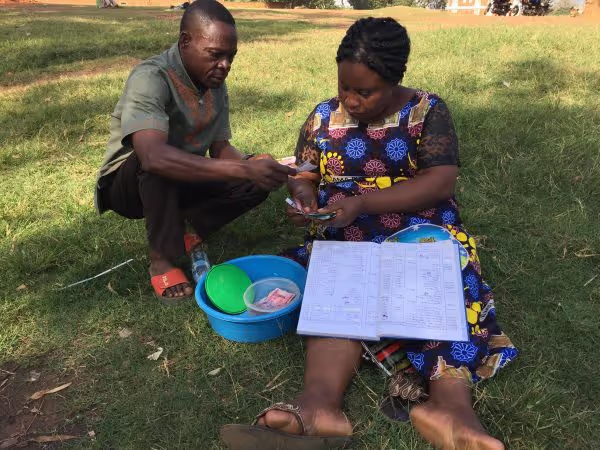Researching Refugee-Run Micro-Finance

Project overview
This innovation researched refugee-run micro-finance and develop a micro-finance model based on urban refugees’ community initiatives in Kampala, Uganda, with the aim of piloting ‘bottom-up’ micro-finance programmes at a later stage.
Project solution
This project offers [specific solution or intervention] to tackle [challenge]. By implementing [strategies, tools, or innovations], the project aims to achieve [desired outcomes]. The approach is designed to [specific actions or methods] to bring about meaningful change in [community, region, or issue area].
Expected outcomes
This project aims to achieve [specific outcomes], such as [measurable results, improvements, or changes]. The expected impact includes [benefits to the target community, advancements in research or innovation, or long-term effects]. By the end of the project, we anticipate [specific changes or milestones] that will contribute to [broader goals or objectives].
What humanitarian need is being addressed?
Very little research focuses on refugees’ own micro-finance mechanisms, and thus little is known of the potential for refugee communities to access capital and host micro-finance programmes. Our project promotes economic self-reliance, and local integration for refugee populations through a process innovation aiming to invent a new model for approaching micro-finance for refugees.
What is the innovative solution?
As a project directed by a refugee-run organisation and involving refugee communities themselves, we view this innovation as an important bottom-up contribution to both research and practice involving refugees.
We ask: What degree of access to financial tools are available for refugees? From the lender’s point of view, what conditions would enable refugees’ access to micro-finance? Are refugee-run micro-loan and micro-savings groups sites of successful micro-finance and, if so, how could these be expanded upon? We seek to undertake research on urban refugee micro-finance access and programmes through an in-depth literature review and fieldwork in Kampala, Uganda. We aim to map existing initiatives and programmes, provide evidence-driven recommendations for micro-finance, and develop a model that builds on refugee-run micro-finance initiatives and provides avenues for urban refugees to directly access capital.
How does the innovation build on and improve existing humanitarian practice?
Since 2000, UNHCR has implemented different forms of microfinance in 45% of its country operations, yet these have only recently occurred in urban areas. Larger organisations have struggled with receiving loan repayments, often due to refugees perceiving loans as hand-outs. In Uganda, successful rural initiatives provide models that could be adapted for an urban environment – yet their lack of urban counterparts demonstrates the gap for micro-finance provision to urban refugees. Refugees’ own micro-savings and micro-lending groups are mentioned in literature, yet have not been comprehensively researched. We aim to build on existing literature and programmes and research how refugee-run micro-finance groups operate within communities, how they interact (if at all) with outside capital providers, what their main challenges are, or whether they are potential sites for bottom-up innovation in micro-finance models.
What materials or research outputs are likely to be produced?
The outcome of our research will be a more comprehensive understanding of how urban refugees could directly access capital, and the creation of an implementable model for both strengthening and initiating micro-finance programmes with and within urban refugee communities. We aim to produce a variety of outputs sharing our results, including a written report outlining our micro-finance model and the type of loan product that is most suitable for refugees in an urban environment. We will additionally publish our research in the UNHCR New Issues in Refugee Research Working Paper Series and in a peer-reviewed journal such as ‘Development and Change’.
Project delivery & updates
Stay up to date with the latest developments from this project. Here, you will find details on what has been delivered, resources created, and regular updates as the project progresses. Access key documents, reports, and other materials to see how the project is making an impact.
